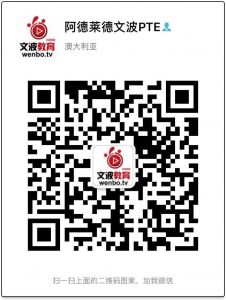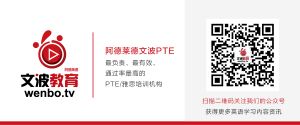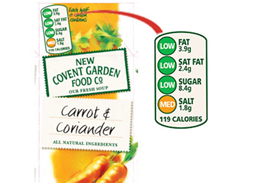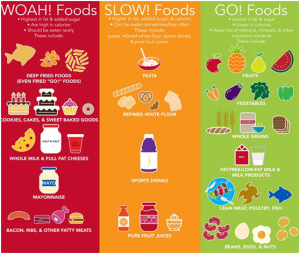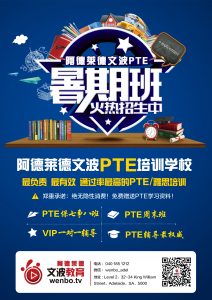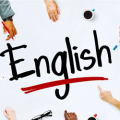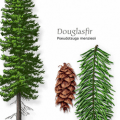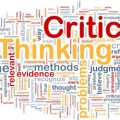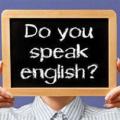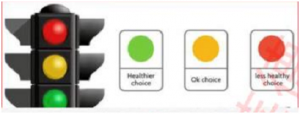
现在这个Food Traffic Light System摇身一变,成为了我们近期PTE口语考试Describe Image的新题,今天文波阿德莱德PTE的老师就为各位同学们双手奉上答案。在此之前先来带各位同学了解一下“饮食红绿灯”的相关背景知识,帮助大家更好地理解这道DI题目。
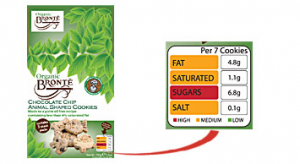 在这项食品标签计划中,红黄绿三种颜色分别代表了该种食物所含的脂肪、饱和脂肪、糖和盐含量的高中低三个水平:高脂肪食物、高饱和脂肪食物、高糖和高盐食物等“不利健康的食物”必须贴上红色警示标签,警示消费者适度食用;黄色标志意味着食物中的某种成份既不高也不低,大多数时候,选择这类食物也是可以接受的;绿色的标签则意味着脂肪、糖类和盐分在食品中的含量很低,含有越多绿色标志的食品,越有益健康。请看阿德莱德文波PTE的老师给大家准备的标签例子:
在这项食品标签计划中,红黄绿三种颜色分别代表了该种食物所含的脂肪、饱和脂肪、糖和盐含量的高中低三个水平:高脂肪食物、高饱和脂肪食物、高糖和高盐食物等“不利健康的食物”必须贴上红色警示标签,警示消费者适度食用;黄色标志意味着食物中的某种成份既不高也不低,大多数时候,选择这类食物也是可以接受的;绿色的标签则意味着脂肪、糖类和盐分在食品中的含量很低,含有越多绿色标志的食品,越有益健康。请看阿德莱德文波PTE的老师给大家准备的标签例子:
这种类似交通红绿灯的全新食品标签系统可以让消费者对食品成分及其营养价值一目了然,更好地做出健康选择。
好了,背景知识普及完毕,下面请同学们来跟着文波阿德莱德PTE的小编把这道DI题目拿下吧:
注:加粗的部分是文波PTE老师在课上给大家准备的通用模板之一哦!
This graph gives information about the Food Traffic Lights System including the green, yellow and red lights and their corresponding indications. (开头)
According to the graph, we can clearly see that the green light shows the Healthier choices of food which we should eat almost every day, such as the fresh fruit, water or low fat milk, fish and poultry. (内容1)
Secondly, the yellow light indicates the food of OK choices, which means they have higher fat and calories and we should eat them less often, such as muffins, pizza, fruit juice with no added sugar. (内容2)
Finally, it is interesting to notice that the red light shows the less healthy choices of food and we must try to avoid them, including deep fried food and soft drinks. (内容3)
In conclusion, this Food Traffic Lights System is very educational and easy to be understood. (结尾)
阿德莱德文波PTE的老师在此为同学们贴出了比较常见的红灯、黄灯、绿灯食品图片,最后也叮嘱各位同学,在PTE备考阶段注意下自己的饮食哦~
为了满足同学们不同学习时间的需求,
